Agile Businesses

There are more than enough articles about agile software development; this post is about agility elsewhere.
Agile: Adjective
Most companies don’t develop software; technology is undoubtedly a core part of their operation, but it’s not how they add value; it’s process, not product.
Creating an agile business is a different proposition to developing software with an agile process.
It’s process, not product
Different organisations have different priorities depending on the level of commoditisation of their product or service. If competition is only on price, e.g., providing power or insurance, operational efficiency is the priority.
If the product or service is more novel and margins higher, then gathering and responding to changing requirements is more critical than absolute efficiency. A business may have multiple products or services, each at a different level of commoditisation.
In the same way that stars can be placed on the main sequence, so can products be placed on the path to commodity.

Agility comes at the cost of reduced efficiency; a long-term lease on a property may reduce costs but reduce flexibility.
Simon Wardley uses the Pioneers, Settlers and Town Planners framework to understand the differing modes of operation.

The landscape that businesses operate in evolves; what was once a novel product or service may be rapidly commoditised; companies must choose to become more efficient or continue to innovate.
The process of commoditisation driven by competition may move quickly or slowly but never backwards.
The golden triangle of business: people, process, and tools, defines the key components that make any business operate. All three factors change as a business, and its market evolves and grows over time.
| Pioneer | Settler | Town Planner | |
|---|---|---|---|
| People | Experimentation | Continuous improvement | Efficiency |
| Process | Agile iterative | Kanban | Six Sigma |
| Tools | Custom | Ecosystem | Enterprise |
Change may be triggered by internal factors such as the growth of the business resulting in a desire to standardise or external factors such as market maturity causing price competition.
The process of transformation from pioneer to settler can be painful if embarked upon accidentally. Accidental change frequently reverses the order of the golden triangle starting with tools and technology and expecting the rest of the organisation to fall into place. The business complains to whoever is managing the technology about an issue, a solution is presented, and then nothing changes, except for a loss of confidence in the technology.
Transformation needs to start with people who have the skill and will to create appropriate processes enabled by the right tools. Careful analysis and development of methods tend to understand where they are, or can be, standard.
A standard process can use a standard tool.

Stakeholder management and business change are critical to transforming any organisation; any complexity that can be removed from the tooling and technology allows for more focus where it counts.
Given a standard set of challenges for a company, an appropriate set of tools can be chosen. With a credit card and a few days of research, most small companies can access tooling that will allow them to achieve parity with, or frequently surpass, the largest enterprises.
However, without care, an antipattern can manifest in the form of poor integration between all the new tooling. With no integration, users are required to do the work of moving information between applications, leading to inefficiency and error.
A true ecosystem can only be created with a suite of integrated applications, allowing users to reduce the number of applications they interact with.
If integrated correctly, ecosystems can provide a strong foundation for organisations to build upon, changing components as necessary. In addition, connected applications can provide a wealth of information about the customer experience from across the organisation, allowing continuous improvement to be measured.
To grow companies must continually adapt and change modifying the business in line with strategy and market forces. A potential hazard lies in wait in the form of large initiatives prone to losing focus and traction “we’re embarking on a 2-year digital transformation programme” are words to fear.
Strategic change can be agile with multiple small projects, each delivering more information and influencing the overarching roadmap. The process of change may not be as efficient as a meticulously planned multi-year programme, but it is much more likely to meet the actual requirements of the organisation.
Let’s do something great